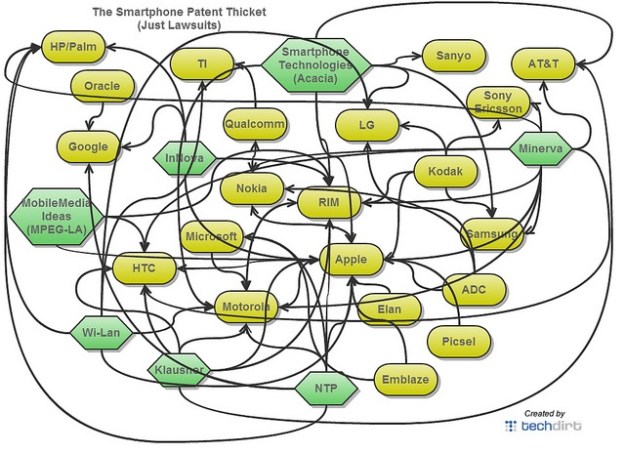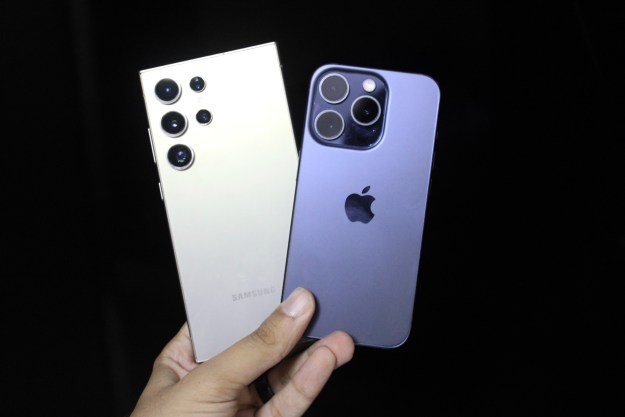
What do you do if you’re a company that makes all its money from selling operating systems and a competitor springs up and offers its operating system to phone makers for free? Well, if you’re Microsoft, you’d try to get all phone manufacturers to give you $5-$15 for every Android handset they sell. So far, the strategy is working. Microsoft has signed deals with four companies, including HTC, in the last few weeks guaranteeing broad patent protection from Microsoft in exchange for an undisclosed number of dollars for each Android handset sold. Microsoft’s next target: none other than Samsung.
According to Reuters, Microsoft is demanding that Samsung pay $15 for each Android smartphone it sells due to software patent infringement by Google’s OS. Samsung may need some patent protection too. The company is embroiled in a bitter lawsuit with Apple, which alleges the South Korean company copied its iPhone.
It’s speculated that Samsung may accept a lower dollar amount ($10) if Microsoft gives it a discount on manufacturing Windows Phone handsets.
Though its Windows Phone OS has yet to take off, Microsoft is getting quite crafty and will soon pull in more revenue from Android devices than its own smartphone efforts. Like a mafia leader, Microsoft is both forcing manufacturers to pay it through threats of lawsuits and assurance of broad protection under its army of patents should a licencee get sued by another company–something that happens more often than you’d think in the mobile world. It’s costly $4.5 billion victory against Google in the recent Nortel patent auction will only bolster this strategy, we assume.
Editors' Recommendations
- Apple just admitted defeat to Android phones
- This new Android feature isn’t coming to your Samsung phone after all
- Foldable phone deals: Samsung, Motorola, Google, and more, from $500
- How to try Samsung’s Galaxy AI on any iPhone or Android phone
- How to transfer your SIM from an Android phone to an iPhone 15


